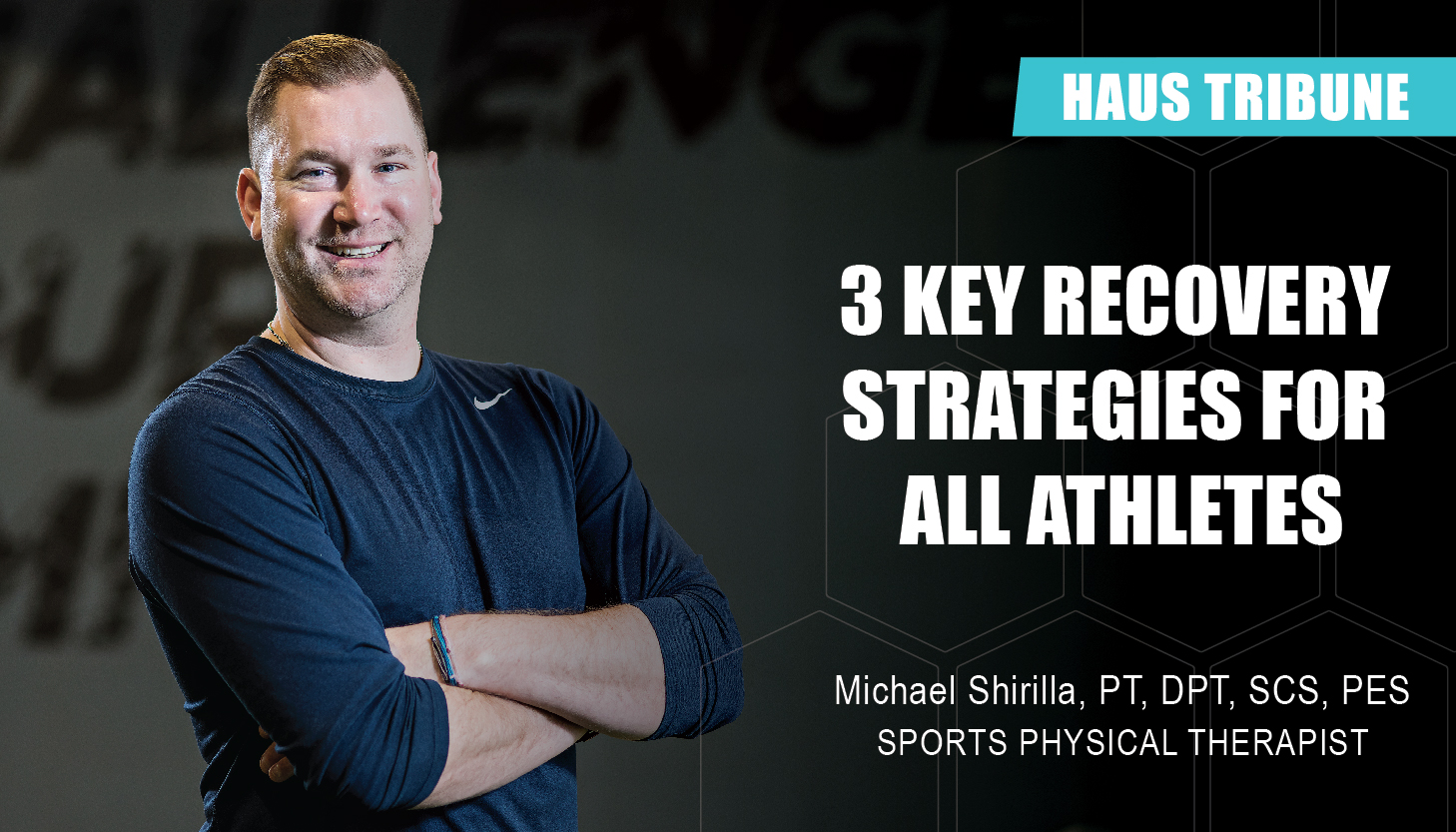
3 Key Recovery Strategies for All Athletes
With so many products and strategies marketed to the public, it’s no wonder that recovery is a hot topic in the sports and performance world. Athletes and teams play many games in congested time frames, so the sooner you can recover both your mind and body, the more you will be prepared for your next game and decrease your risk of injury.
As part of the Sports Medicine staff for the US Olympic Men’s Soccer Team this summer in Paris, our goal is to keep players safe and healthy over the course of six games in 17 days. That is a congested schedule where athletes are playing every 3 – 4 days, so recovery is critical. Much like the rigorous Olympics schedule, many of the athletes I work with on a daily basis play in weekend tournaments where they play 1 – 2 times daily across 3 – 5 days. That’s why I recommend these three key recovery strategies to all athletes.
1. Rehydration & Refueling
The body uses many energy sources during competition. The sooner you can replenish your energy sources, the sooner the body can repair itself.
You should be hydrating before and during competition, but as for directly after competition, you should consume 20 ounces of fluid with added sodium for every pound lost during the competition. This will get your body back to its regular state and optimal functionality.
The same can be said for refueling directly after competition. Replenishing carbohydrates, protein, and fats is key. The more time you have between your next event or game effects how much you can consume. For more individualized refueling advice, connect with a Training HAUS Sports Dietitian.
2. Mobility & Soft Tissue Work
When tissues and muscles undergo stress, they can shorten and tighten. Recovering quickly allows you to address those issues, restoring optimal tissue length, joint motion, and functional movement patterns.
This is when dynamic and static stretching of those muscles, tendons, and surrounding tissues are best utilized. Even just 5 – 10 minutes of this kind of work will do wonders to increase blood flow and accelerate tissue repair. Other soft tissue recovery options include foam rolling, compression boots, massage, and handheld percussive tissue devices (massage gun).
3. Breathing & Mindfulness
During competition, your sympathetic nervous system (controls your fight-or-flight response) is in the driver’s seat. It speeds up your heart rate to deliver more oxygen via blood to areas of your body and improves your vision by expanding your pupils. It also slows down your digestive system, to make sure that your energy is directed to the parts of the body that need it most.
The sympathetic nervous system is great during a game, but it is less than ideal for recovery. For recovery, you’ll need to get your body to use its parasympathetic nervous system.
Some simple ways to engage your parasympathetic nervous system are to get out of the sun and elements, decrease surrounding noises and distractions, and practice a slow breathing technique. For 5 – 10 minutes, focus on breathing in through your nose for 3 – 6 seconds and then exhale through your mouth for 3 – 6 seconds.
Many athletes focus more on the preparation for competition, but prioritizing recovery will help you perform at your best and reduce injury. These recovery strategies are meant to be used immediately after competition to help you get ready for the next event or game.
If you’re ready to elevate your game further, Training HAUS has everything athletes need under one roof.

